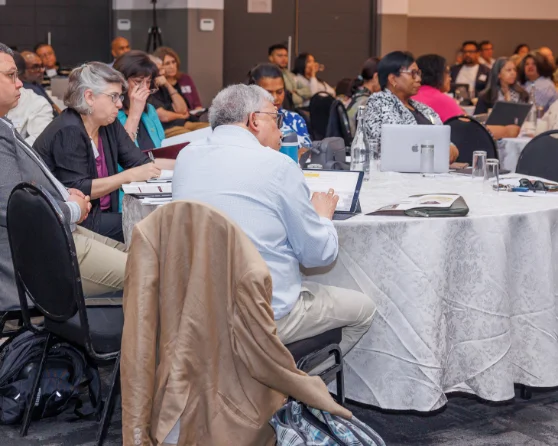Our Vision
Towards a transformed Stellenbosch University community that celebrates diversity and is committed to a positive impact on society.
Mission
To be a multi-facet driver of institutional culture strategies at Stellenbosch University in maximising the University’s impact and fulfill its commitment to create inclusive and diverse experiences that would allow students and staff to unleash their full potential.
Core Functions
The core functions of the Centre in terms of Social Impact and Transformation are the following:
These core functions are supported by a cross-cutting Operations and Administration function that provides administrative and financial support to the CASIT with institutional facilities.
